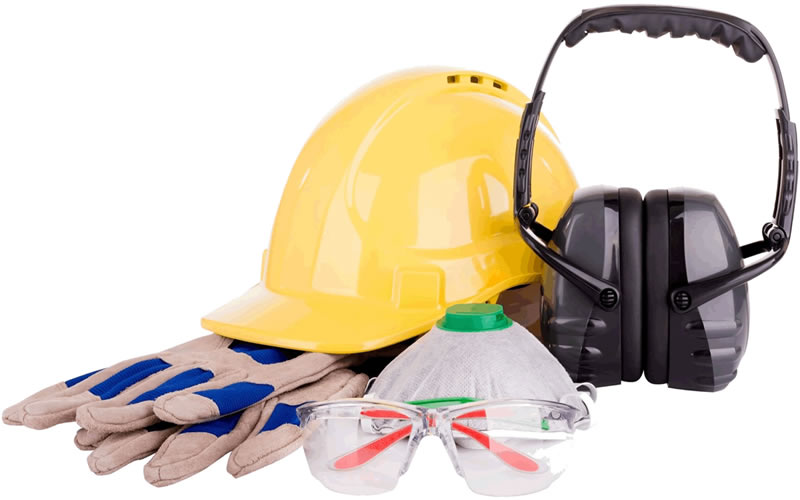
About Course
Safety for HVAC and Refrigeration Technicians
Safety is an important topic in performing your job as a HVAC
HVAC is an acronym for Heating, Ventilation and Air Cond... More or Refrigeration technician. There are various aspects to this broad topic. A technician must wear the proper PPE, personal protective equipment, while performing his or her job. We must be aware of any safety concerns present when repairing, maintaining or installing a HVAC
HVAC is an acronym for Heating, Ventilation and Air Cond... More or Refrigeration system. Electrical and mechanical safety concerns are big aspects that a technician must be aware of. The safe and proper use of tools and equipment are also an important aspect. In this course, we will learn about the important safety protocols to implement and concerns to be aware of, while working as a HVAC
HVAC is an acronym for Heating, Ventilation and Air Cond... More or Refrigeration technician.
Course Content
Introduction
-
Safety – Introduction